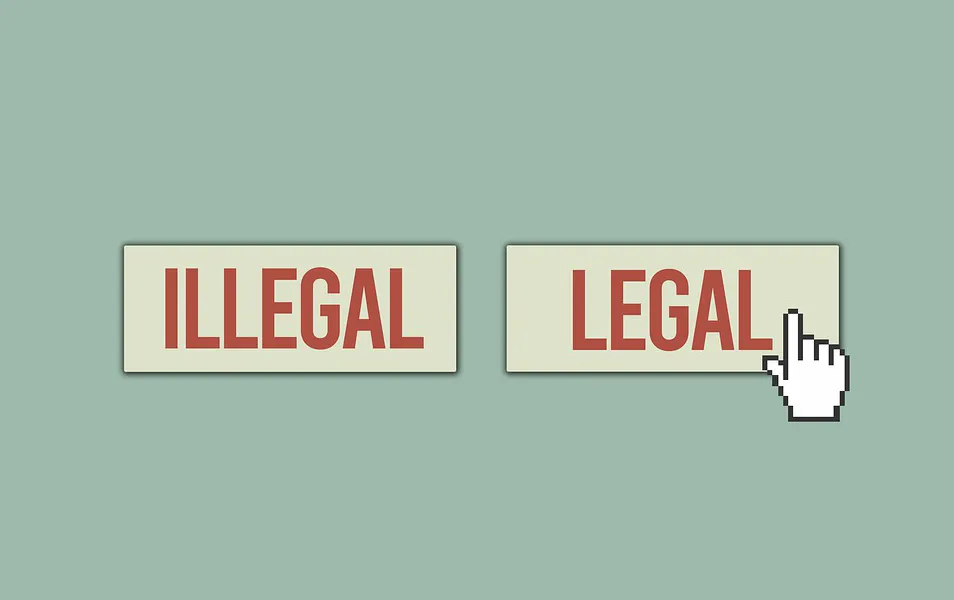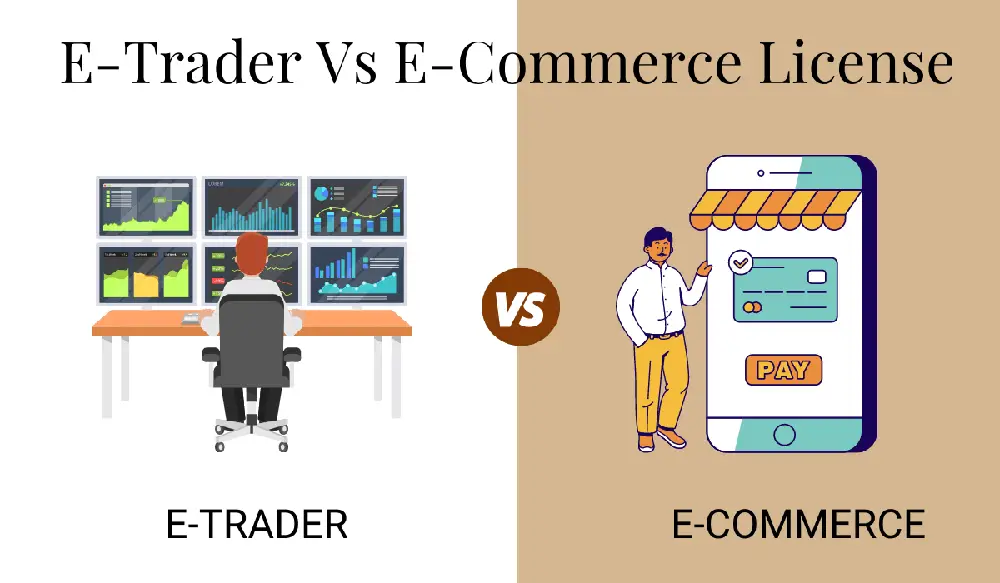Unveiling trading brokers: exploring legal vs. illegal options

In the fast-paced world of financial markets, trading brokers play a crucial role in facilitating investment opportunities. With the exponential growth of online trading platforms, it is essential to distinguish between legal and illegal trading brokers to safeguard your investments. In this article, we will delve into the key differences between these categories.
Understanding legal trading brokers
Legal trading brokers are authorized and regulated entities that comply with the financial laws and regulations of their respective jurisdictions. These brokers operate under the supervision of governmental or independent regulatory bodies, ensuring compliance with established standards and best practices. Regulatory bodies such as the Securities and Exchange Commission (SEC) or the Financial Conduct Authority (FCA) help protect investors and maintain market integrity.
Benefits of Legal Trading Brokers:
- Investor Protection: Legal trading brokers are required to segregate client funds, providing an additional layer of protection against misappropriation or unnecessary risks.
- Transparency and Accountability: These brokers are obligated to disclose comprehensive information, including fees, risks, and trading conditions. Periodic audits enhance transparency and accountability.
- Dispute Resolution Mechanisms: Legal brokers often offer established procedures for addressing client complaints and disputes, ensuring a fair resolution process.
Identifying illegal trading brokers
Illegal trading brokers, also known as unregulated or offshore brokers, operate outside established financial regulations. Engaging with these brokers can expose traders to fraudulent activities and financial losses.
Warning signs of illegal trading brokers:
- Lack of Regulation: Unregulated brokers operate without proper authorization or oversight, often providing vague or misleading information about their regulatory status.
- Lack of Transparency: Illegal brokers exhibit a lack of transparency in their operations, refusing to disclose key information, making unrealistic promises of high returns, or resorting to aggressive sales tactics.
- Complex and Unfavorable Terms: Illegitimate brokers impose unfavorable trading conditions, high fees, or hidden charges, eroding profits and hindering trading outcomes.
Consequences of engaging with illegal brokers
- Fraudulent Practices: Unregulated brokers may engage in unauthorized trading, price manipulation, or misappropriation of client funds, making it challenging for traders to recover their funds or seek legal recourse.
- Limited Investor Protection: The absence of regulatory oversight leaves investors vulnerable to unethical practices and scams, with limited options for recourse in case of misconduct or financial losses.
Choosing the right trading broker
- Research and Due Diligence: Thoroughly research brokers, verifying their regulatory status, reputation, and track record. Check for registration with recognized regulatory bodies and review feedback from other traders.
- Regulatory Compliance: Ensure brokers operate within the legal framework of your jurisdiction, holding licenses and regulatory approvals specific to your region.
- Transparency and Disclosure: Opt for brokers providing clear and comprehensive information about fees, trading conditions, and risk disclosures, prioritizing the interests of their clients.
Conclusion
Differentiating between legal and illegal trading brokers is crucial for the safety and success of your trading endeavors. Legal brokers offer a regulated environment with investor protection and transparency, while engaging with illegal brokers poses significant risks. By conducting diligent research, verifying regulatory compliance, and prioritizing transparency, traders can navigate the trading landscape securely. Remember, choosing a reliable and compliant broker is pivotal for your trading journey's success, ensuring legality, transparency, and investor protection.







